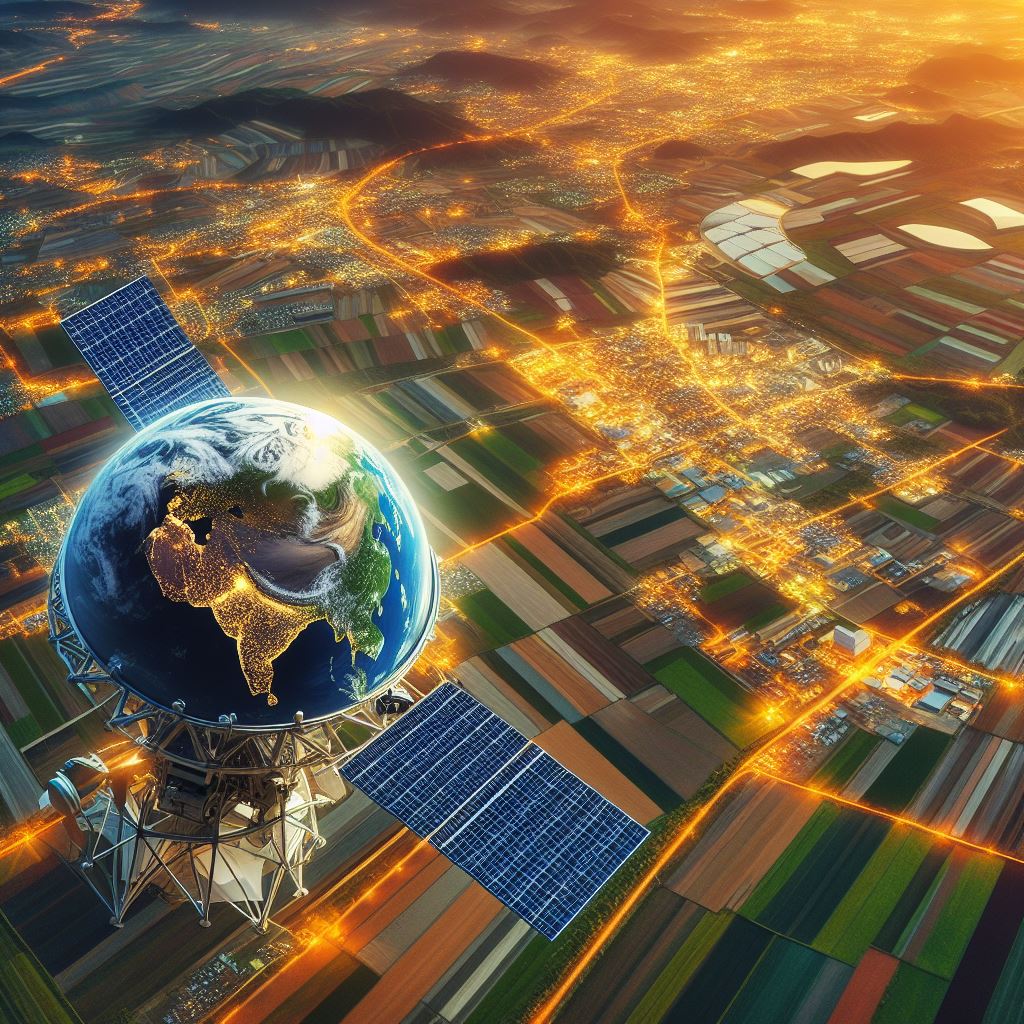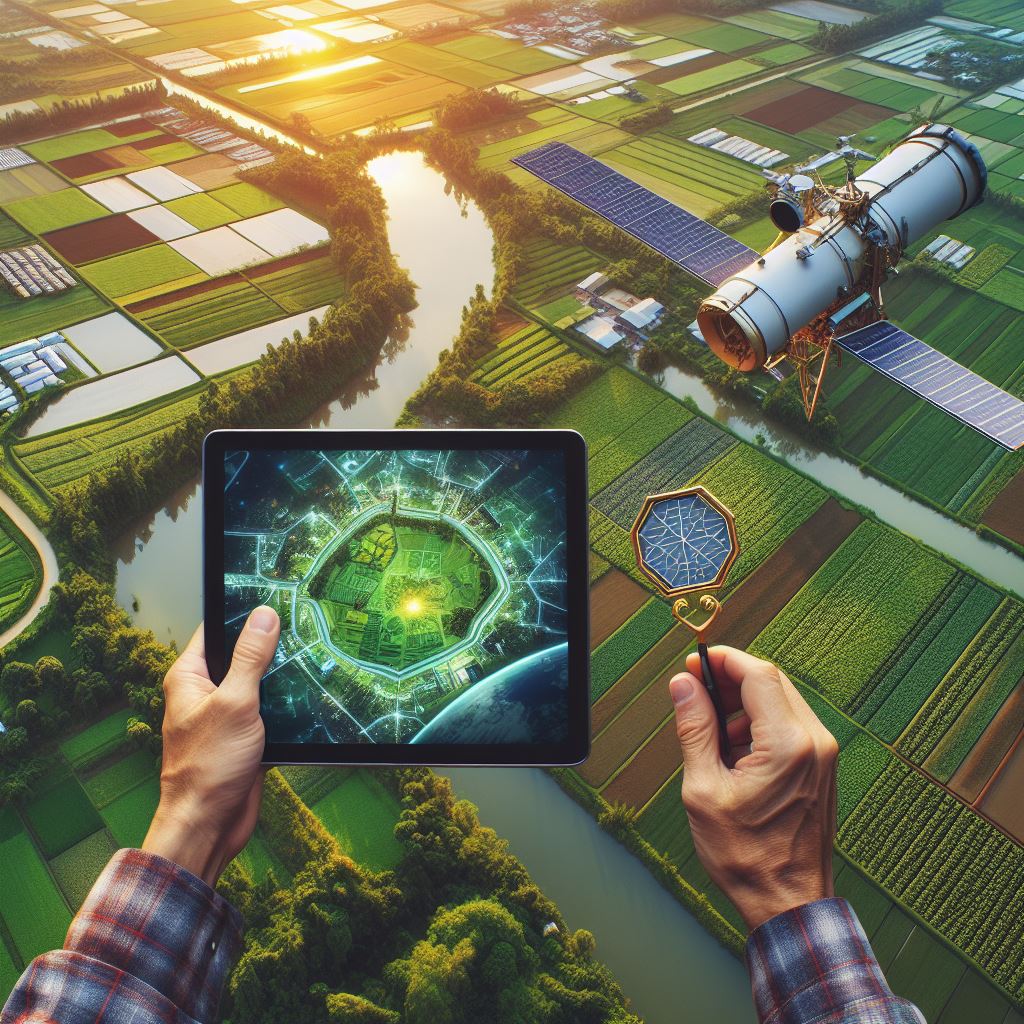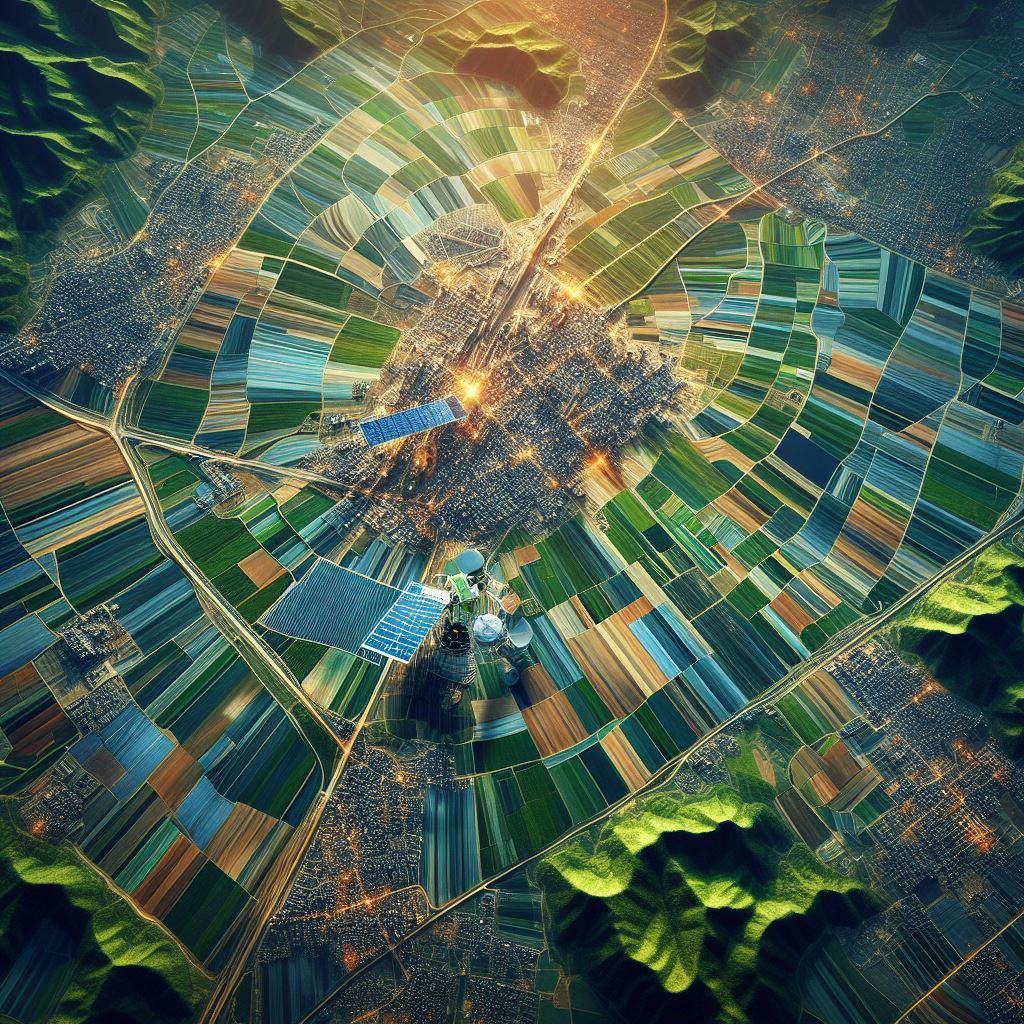The Agricultural Revolution: Transforming Farming with Cutting-Edge Technology
The rapid advancement of technology is causing a major shift in the field of agriculture.
Innovative agricultural techniques are taking the place of conventional farming methods with the promise of greater production, sustainability, and efficiency.
At the heart of this transformation are state-of-the-art agricultural machines, equipped with advanced technologies that are reshaping the landscape of farming.

Precision Farming:
- One of the most significant advancements in agriculture technology is precision farming. This approach relies on satellite imagery, GPS technology, and sensors to optimize various aspects of farming.
- Precision agriculture allows farmers to precisely manage resources such as water, fertilizers, and pesticides, resulting in higher yields and reduced environmental impact.
- GPS-guided tractors and drones are now common sights on modern farms, providing farmers with real-time data to make informed decisions.
Smart Farming Equipment:
- The integration of artificial intelligence (AI) and machine learning into farming equipment has given rise to a new era of smart farming.
- Machines equipped with sensors can now analyze soil conditions, monitor crop health, and even predict potential issues. Smart equipment, such as autonomous tractors and robotic harvesters, can perform tasks with unparalleled precision, minimizing waste and increasing overall efficiency.
Automated Planting and Harvesting:
- Gone are the days of manual planting and harvesting, thanks to automated machinery.
- Planting and harvesting robots are equipped with advanced vision systems and robotic arms, allowing them to handle delicate tasks with speed and precision.
- These machines not only save time but also reduce the labor-intensive nature of traditional farming, making agriculture more appealing to the tech-savvy generation.
IoT in Agriculture:
- The Internet of Things (IoT) is making its mark in agriculture by connecting various devices and sensors on the farm.
- Farmers can now remotely monitor and control irrigation systems, track the health of livestock, and receive real-time weather updates.
- This interconnected web of devices enables farmers to make data-driven decisions, optimize resource allocation, and enhance overall productivity.
Sustainable Farming Practices:
- Modern agricultural machines are not only focused on efficiency but also on sustainability.
- With a growing awareness of the environmental impact of farming, machines are designed to minimize the use of resources and reduce carbon footprints.
- Technologies like electric tractors, solar-powered equipment, and eco-friendly pesticides are becoming integral parts of the modern farming toolkit.
GPS technology and satellite imaging more details
Satellite imagery has become an invaluable tool in modern agriculture, providing farmers with a bird’s-eye view of their fields and allowing for better decision-making. Here’s how satellite technology is transforming agriculture.

Crop Monitoring and Health Assessment:
- Satellites equipped with high-resolution cameras capture images of agricultural fields, enabling farmers to monitor the health and growth of crops.
- By analyzing these images, farmers can identify areas with potential issues such as pests, diseases, or nutrient deficiencies. This early detection allows for targeted interventions, reducing the need for broad-spectrum treatments.
Yield Estimation:
Satellite imagery is used to estimate crop yields by assessing factors such as plant density and canopy cover. This information helps farmers make informed decisions about harvesting schedules, storage, and marketing strategies.
Water Management:
- Satellites play a crucial role in managing water resources efficiently. By analyzing the images, farmers can assess soil moisture levels and optimize irrigation practices.
- This not only conserves water but also prevents over-irrigation, reducing the risk of waterlogging and associated crop damage.
Field Mapping and Planning:
- Satellite imagery facilitates precise field mapping, allowing farmers to divide large fields into manageable zones.
- This enables targeted application of resources, such as fertilizers and pesticides, based on specific needs identified in different areas of the field.

GPS Technology in Agriculture:
Global Positioning System (GPS) technology has revolutionized the way farmers navigate their fields and manage equipment. Here’s how GPS is contributing to the agricultural transformation:
Precision Navigation: GPS technology enables farmers to navigate their tractors, harvesters, and other equipment with unparalleled precision. This not only improves efficiency but also minimizes the overlap of operations, reducing resource usage and saving time.
Auto-Steering Systems: Tractors equipped with auto-steering systems use GPS signals to follow predefined paths with minimal human intervention. This not only reduces operator fatigue but also ensures straight and evenly spaced rows, optimizing planting and harvesting processes.
Variable Rate Technology (VRT): GPS technology, combined with VRT, allows for the precise application of inputs such as fertilizers, pesticides, and water. Farmers can create prescription maps based on the specific needs of different areas within a field, optimizing resource utilization and minimizing environmental impact.
Data Collection for Decision Support: GPS-enabled equipment collects vast amounts of data during field operations. This data, including yield maps, soil information, and equipment performance, can be analyzed to make data-driven decisions for future planting seasons, contributing to more sustainable and efficient farming practices.
The integration of satellite imagery and GPS technology empowers farmers to make informed decisions, optimize resource use, and enhance overall agricultural productivity.
As technology continues to advance, the synergy between satellite and GPS technologies will likely play an increasingly vital role in shaping the future of precision agriculture.
Agricultural machinery has revolutionized farming, but it’s not just about accepting technology—rather, it represents a fundamental transition toward a future that is more efficient and sustainable.
As precision farming, smart equipment, automation, and IoT continue to evolve, the agriculture industry is poised to address global challenges such as food security, climate change, and resource scarcity.
Farmers who embrace these technological advancements are not just reaping higher yields; they are pioneering a new era of farming that is both economically viable and environmentally responsible. The fusion of technology and agriculture is not just a trend; it is a transformative force that is reshaping the very foundations of farming as we know it.

With a robust business leadership background cutting across diverse sectors like Banking, Insurance, Capital Markets, Manufacturing, Education, and University General Management, he has accumulated an impressive 22 years of experience under his belt. His expertise has been sought in international spheres when his leadership has influenced giants and insights have shaped strategies. Here Is his full bio























